
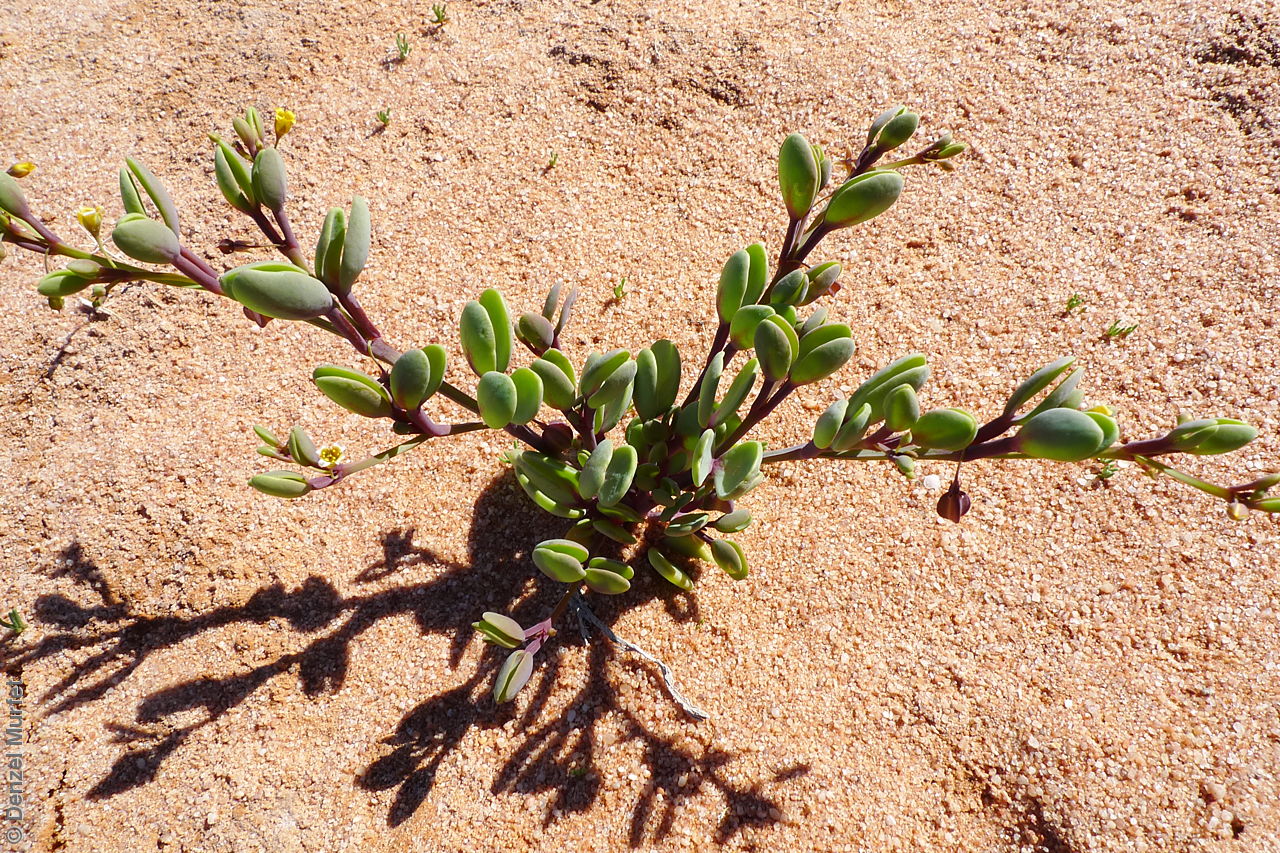
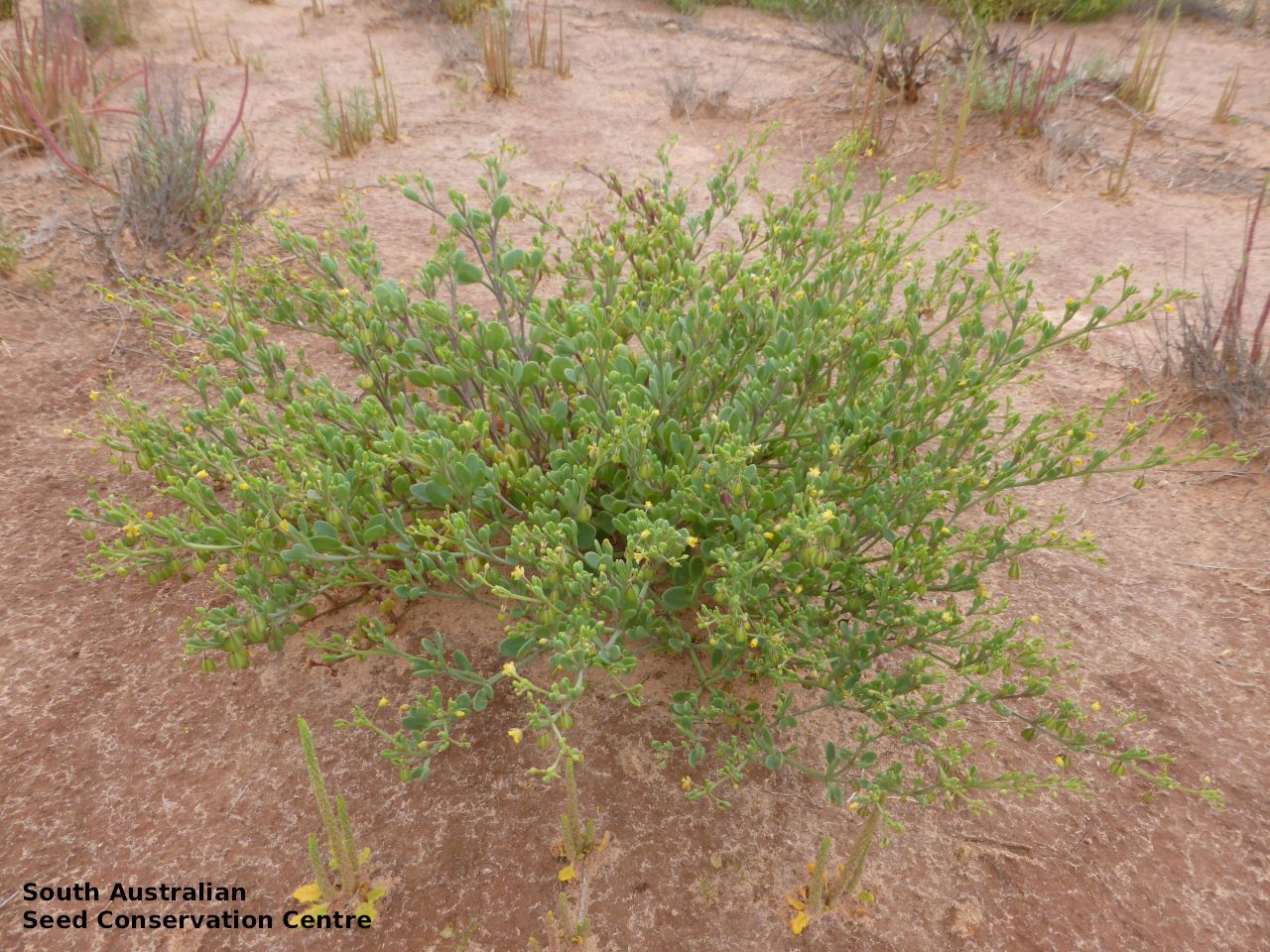

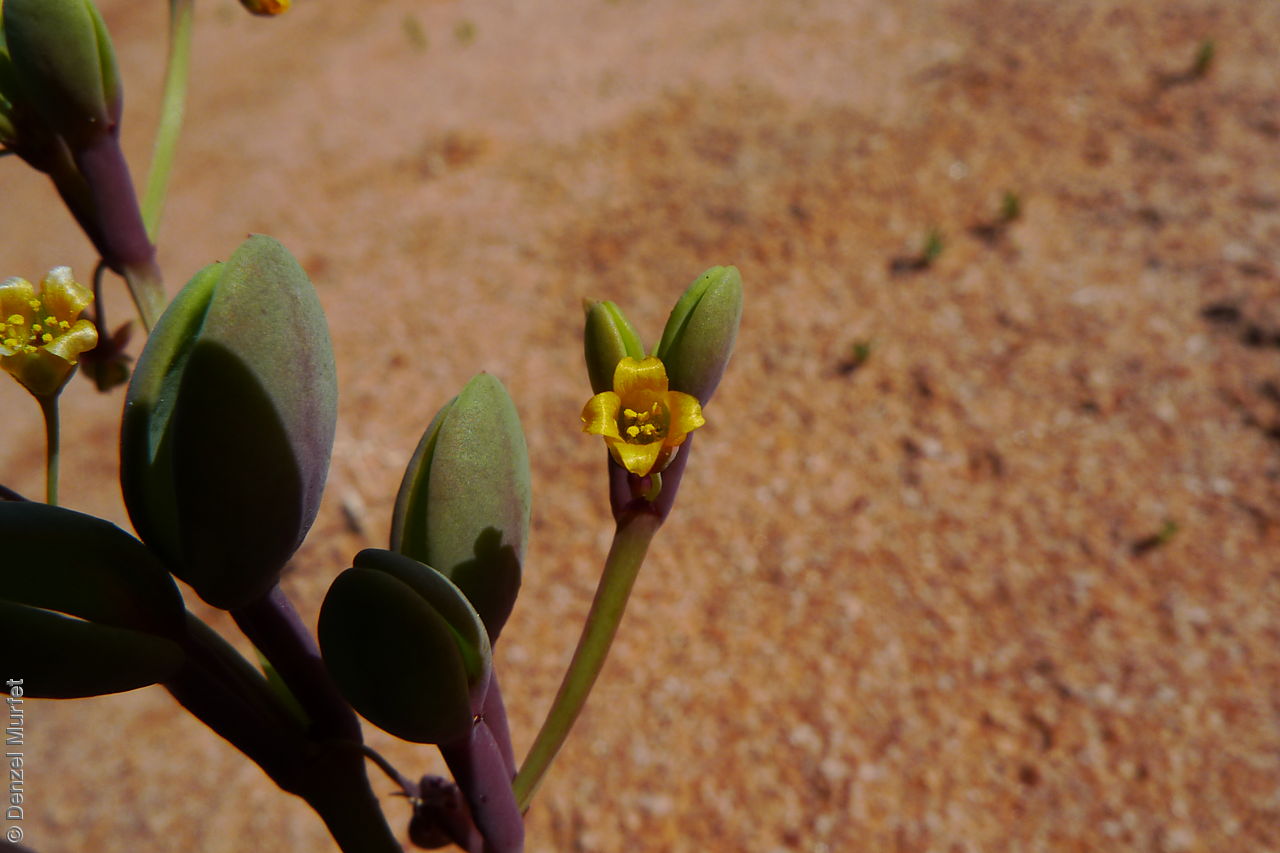
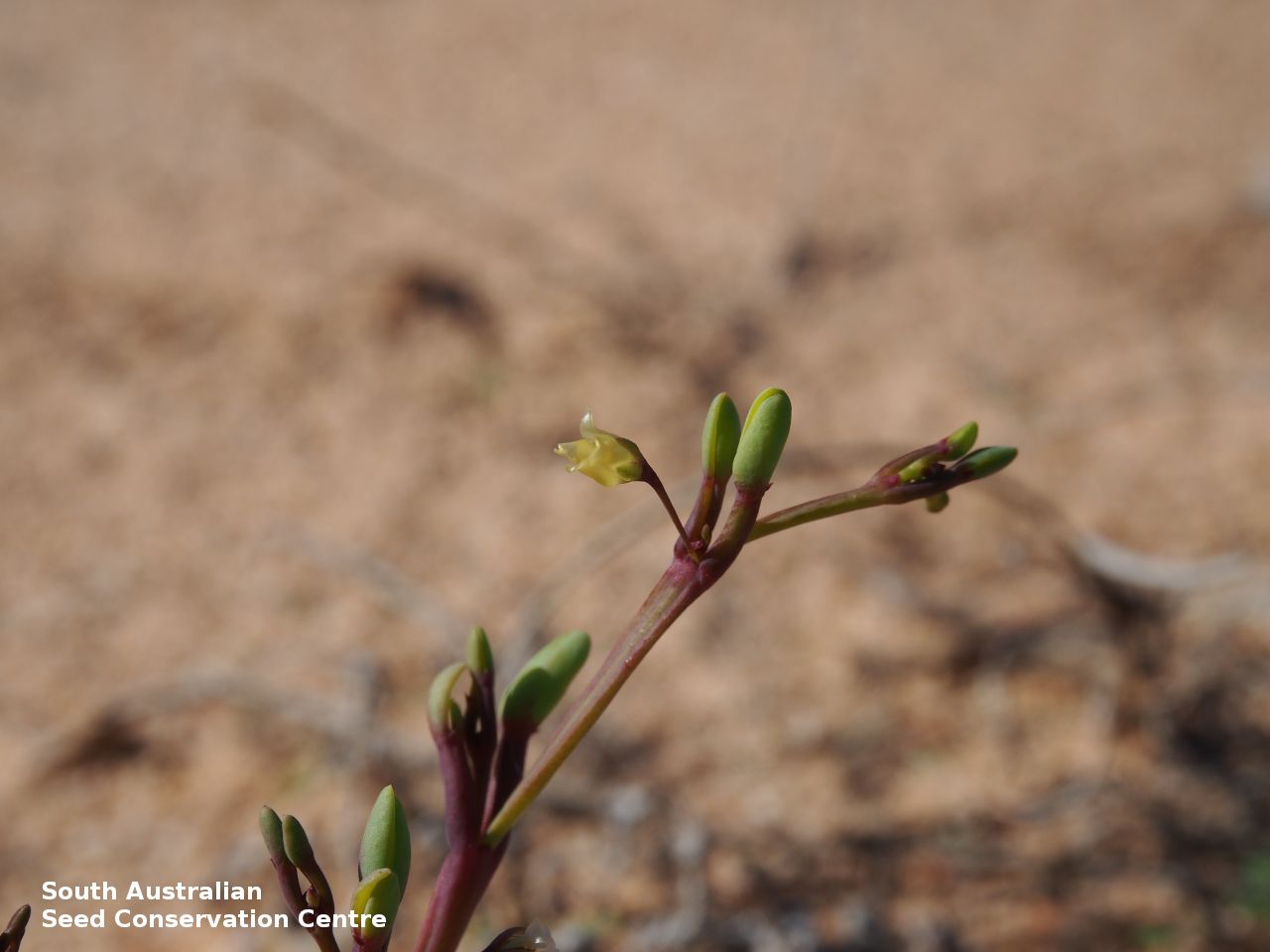
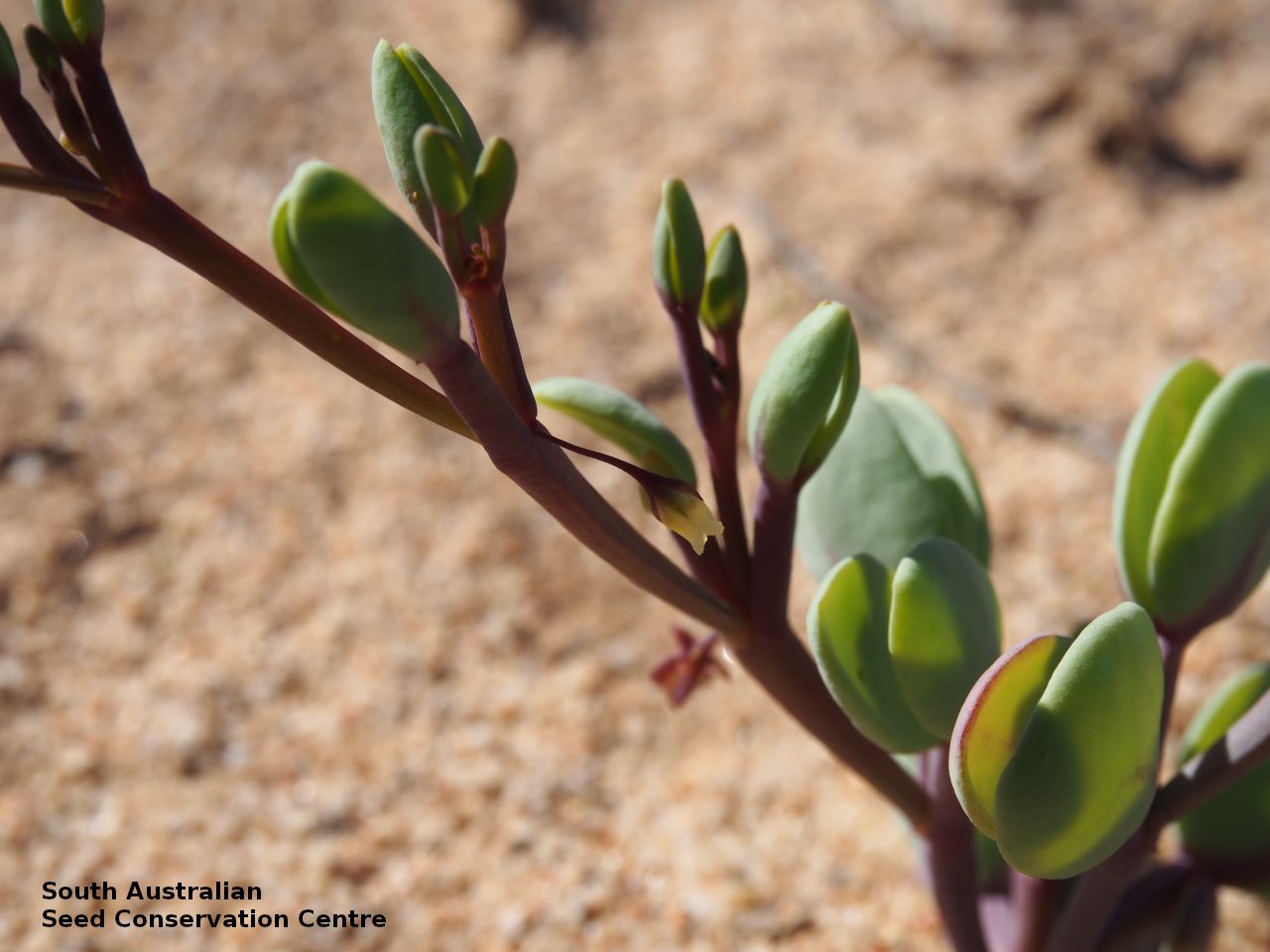
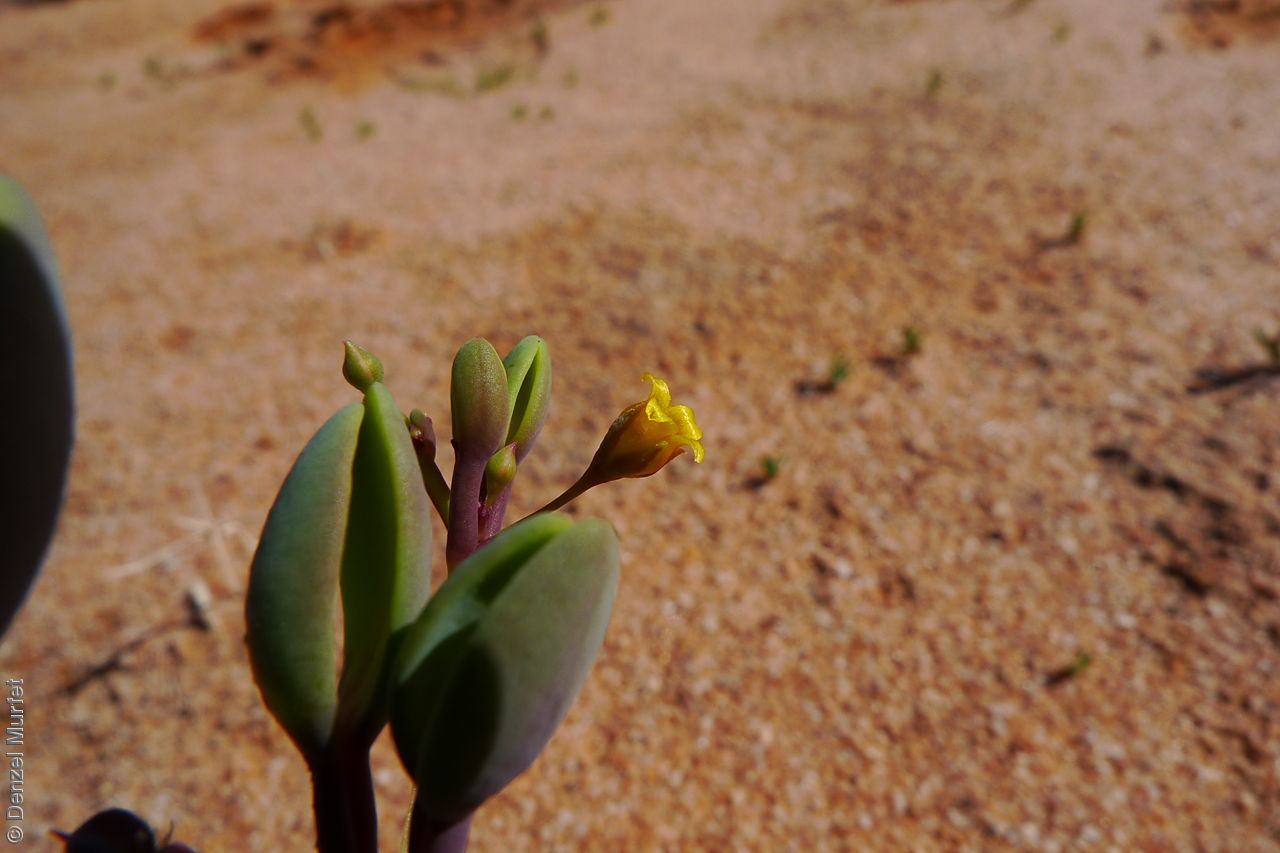
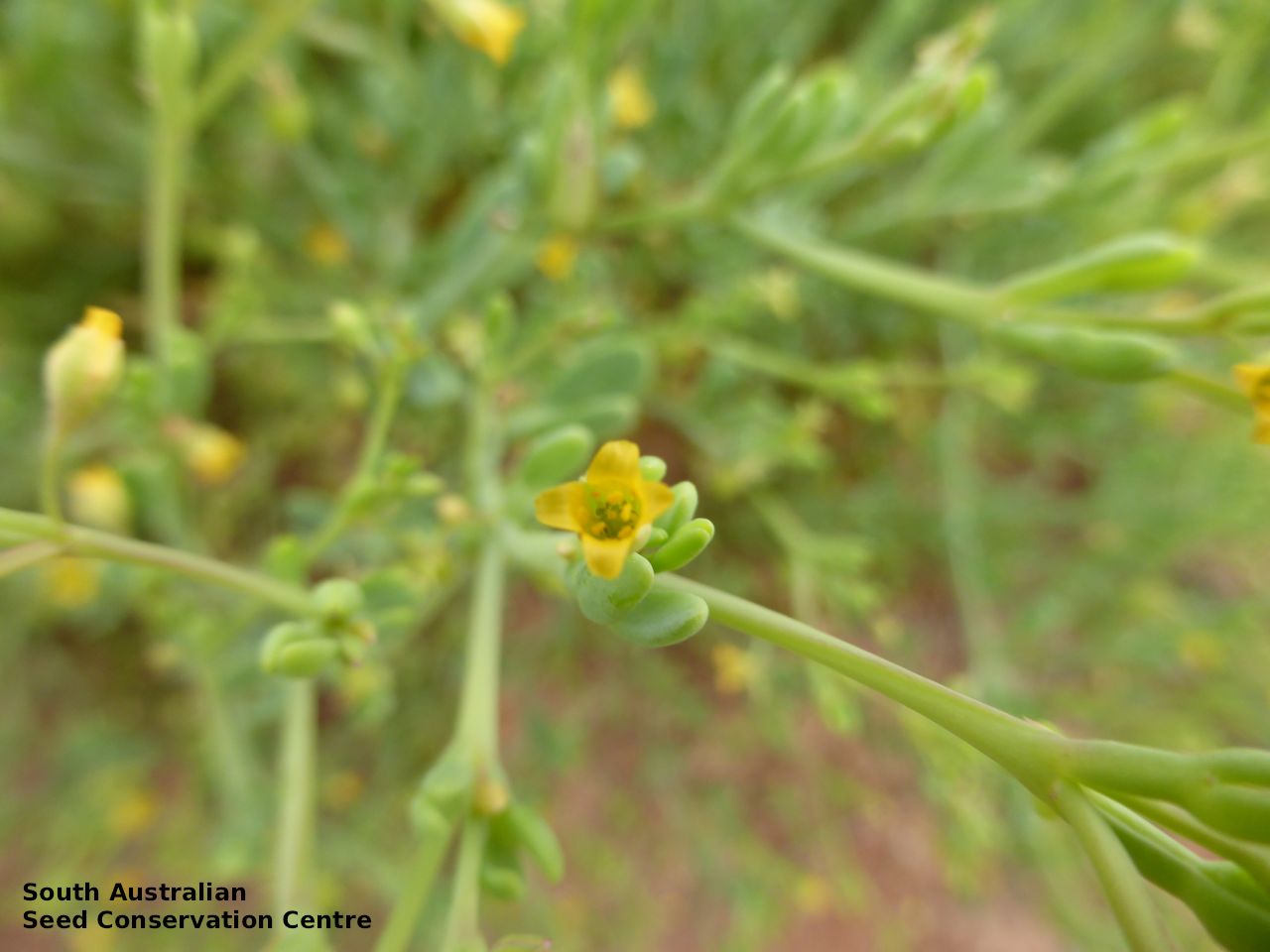

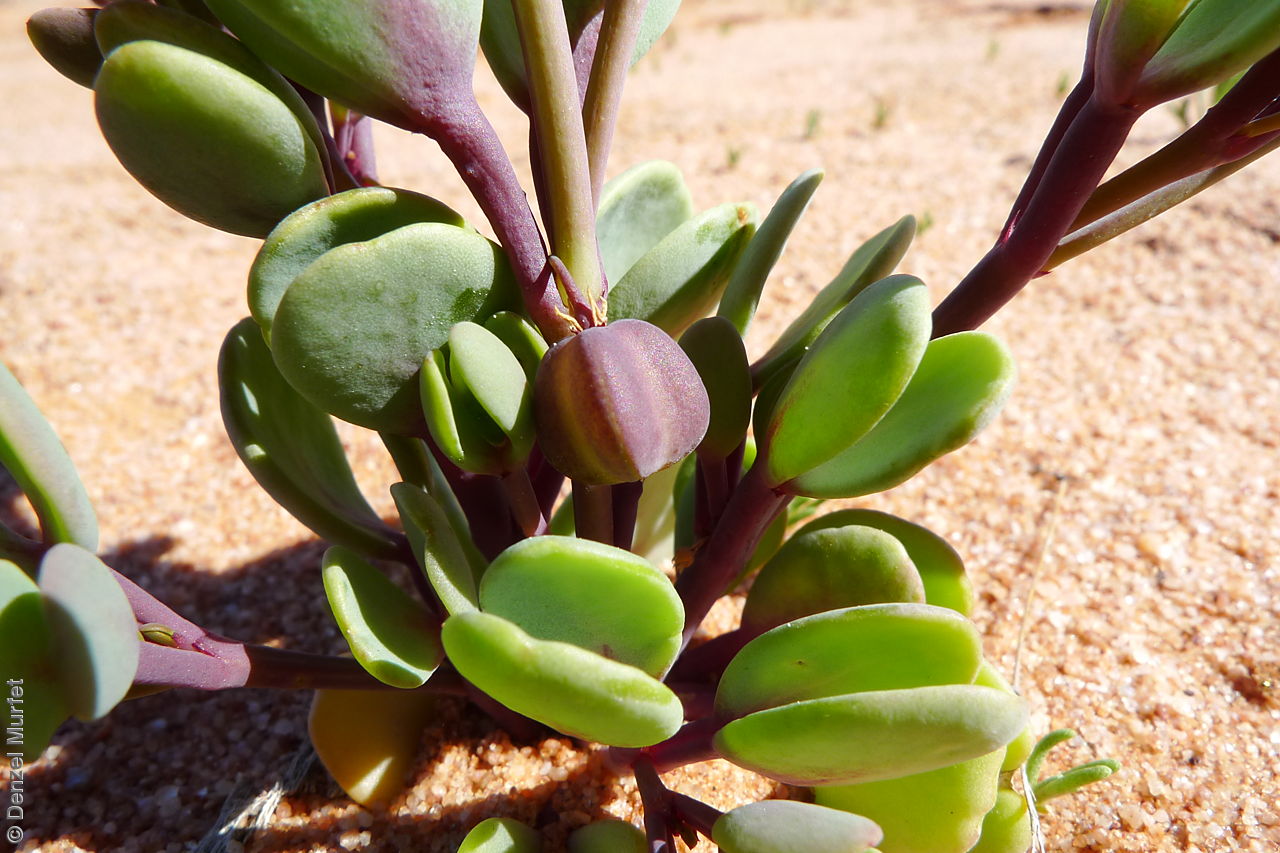
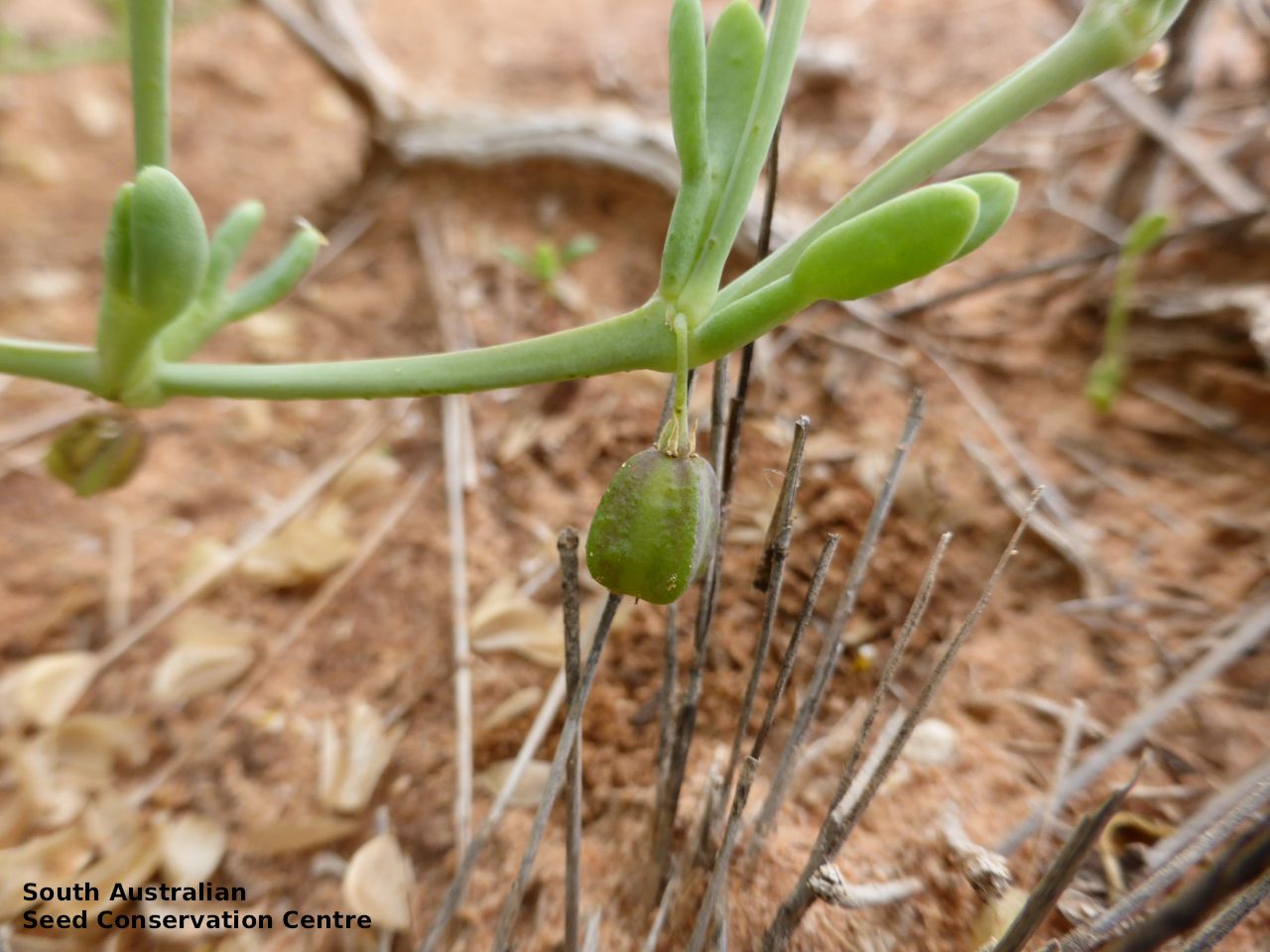
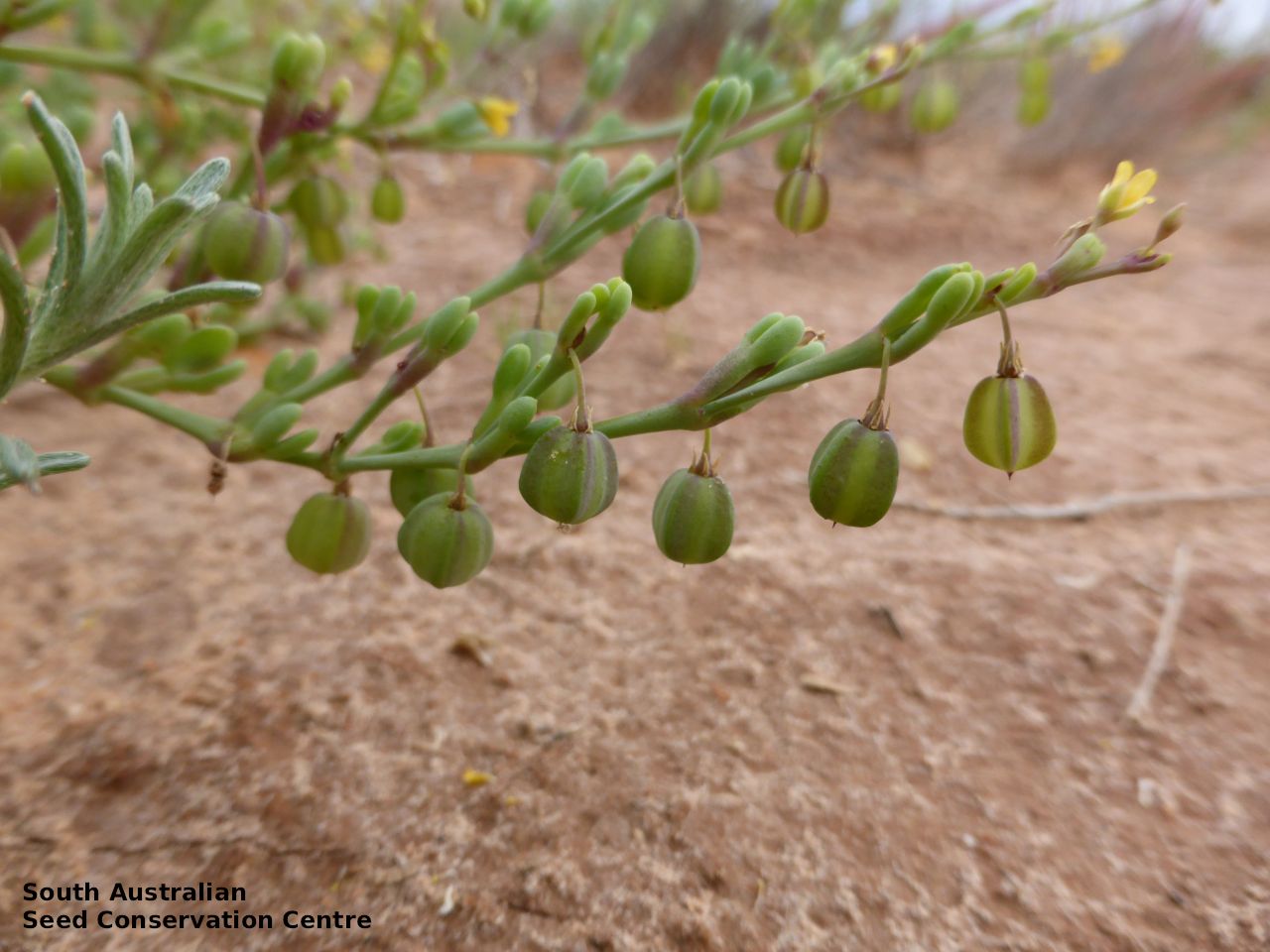
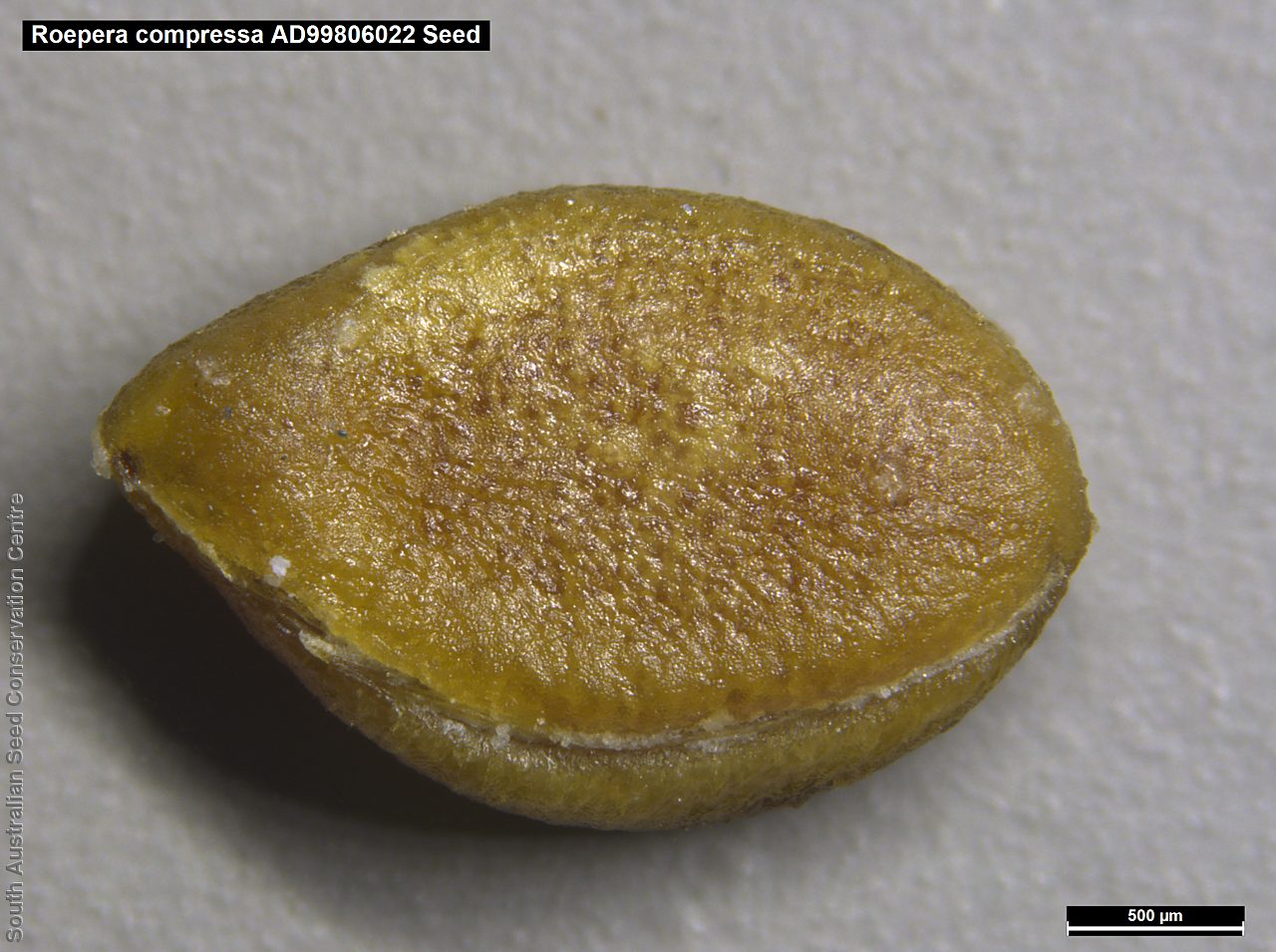
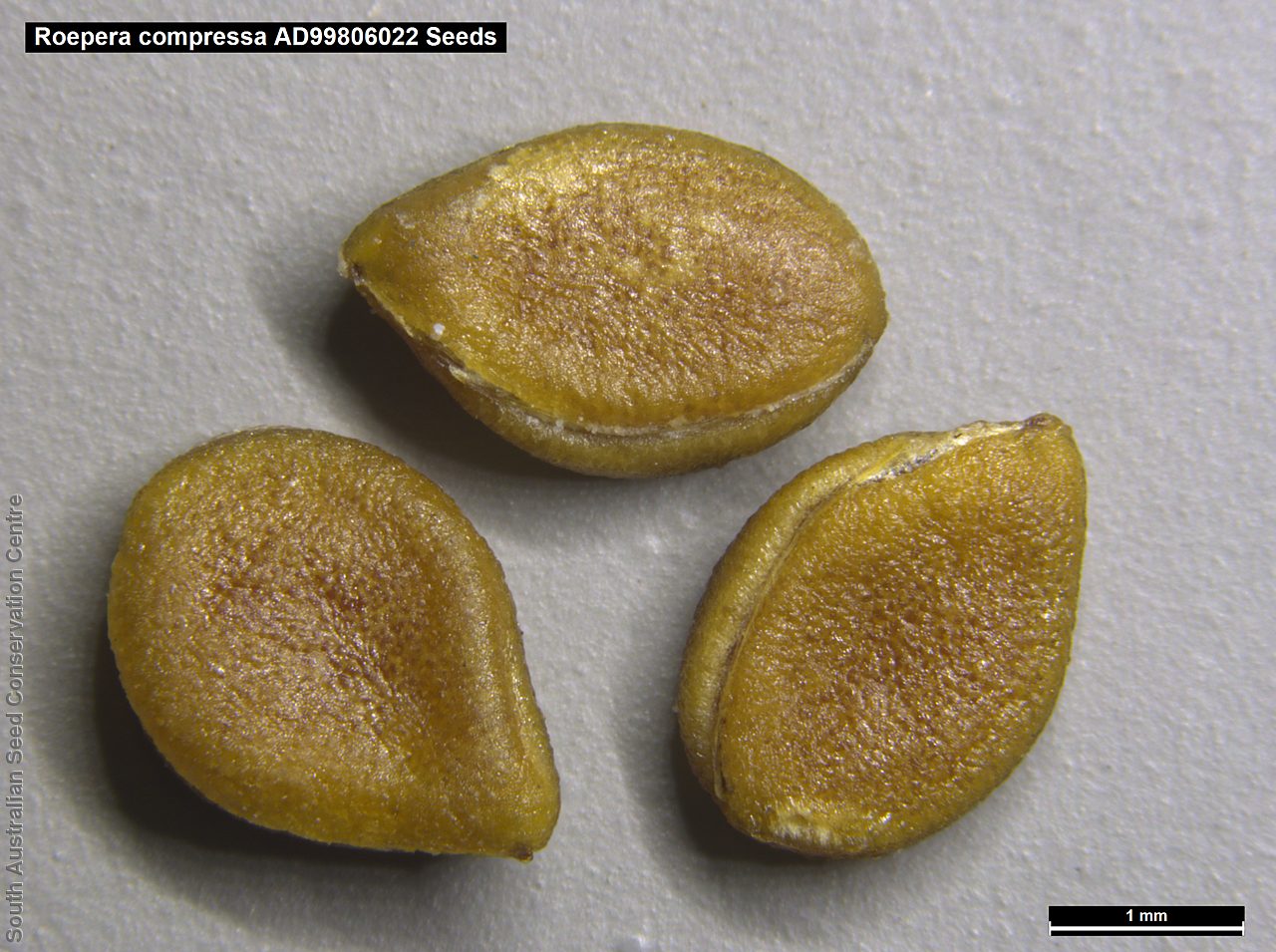

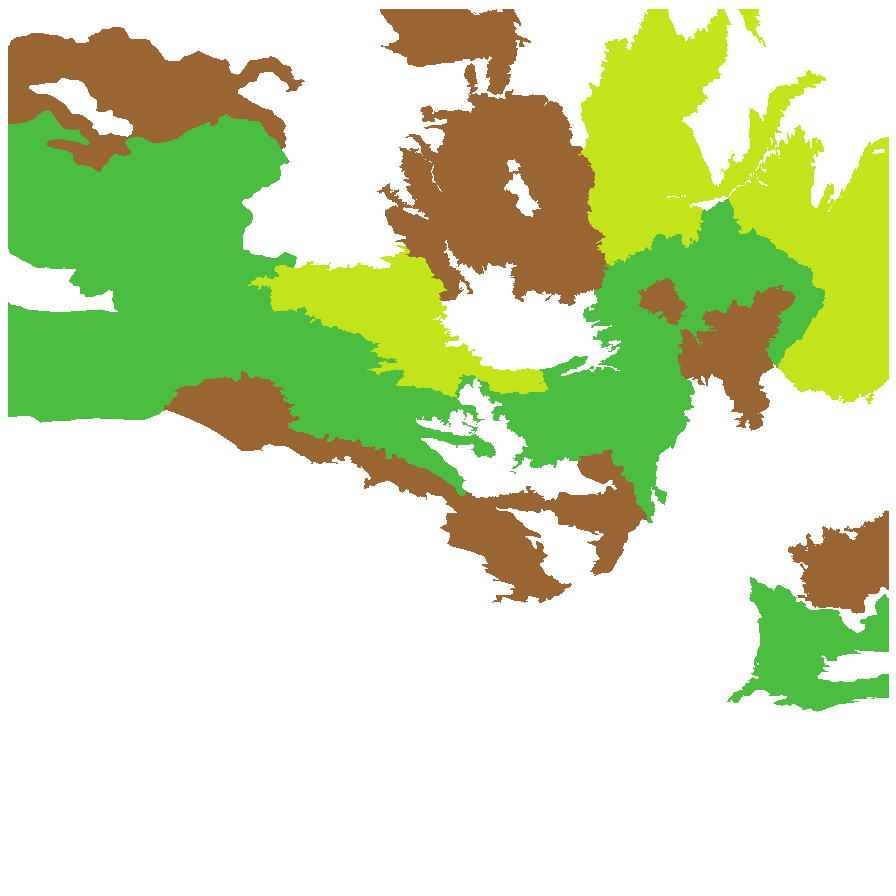
Botanical art
Prior names
Zygophyllum compressum
Etymology
Roepera (formally Zygophyllum which is from the Greek 'zygon' meaning pair and 'phyllon' meaning leaf; referring to the pair of leaflets making up each leaf) is named after Johannes August Christian Roeper (1801 -1885), a German botanist and physician. Compressa from the Latin 'compressus' meaning compressed; referring to its leaflet which is appressed to each other by their upper surfaces.
Distribution and status
Found scattered across the northern part of South Australia, growing on gypseous rises, salt lakes and salty claypans. Also found in Western Australia, Northern Territory, New South Wales and Victoria. Native. Common in South Australia. Rare in New South Wales and Victoria. Common in the other states.
Herbarium regions: North Western, Lake Eyre, Nullarbor, Gairdner-Torrens, Flinders Ranges, Eyre Peninsula, Murray
NRM regions: Alinytjara Wilurara, Eyre Peninsula, South Australian Arid Lands, South Australian Murray-Darling Basin
AVH map: SA distribution map (external link)
Plant description
Erect or ascending annual herb to 25 cm high. Leaves to 45 mm long, glaucous with leaflets ovate to suborbicular, uppermost oblong, to 25 mm long and 15 mm wide, appressed to each other by their upper surfaces, apex acute to rounded. Flowers yellow with 4 sepals 4 petals and 8 stamens. Flowering between April and November. Fruits are maroon 4-angled capsule to 10 mm long, drooping, rounded at apex with a short point and 2-4 seeds per cell. Seeds are pale brown, ovoid shaped to 3 mm long and 2 mm wide. Seed embryo type is spatulate fully developed.
Seed collection and propagation
Collect seeds between June and January. Collect semi-dried and dried capsules by running your hands through the stems of the plant. Mature fruits will come off easily and will have a hard and dark seed inside each segment. Place the capsules in a tray and leave to dry for 1 to 2 weeks, depending on how green the fruit is. Then rub the dried capsules to dislodge the seeds. Use a sieve to remove the unwanted material. Store the seeds with a desiccant such as dried silica beads or dry rice, in an air tight container in a cool and dry place. Seed viability is usuallyhigh.